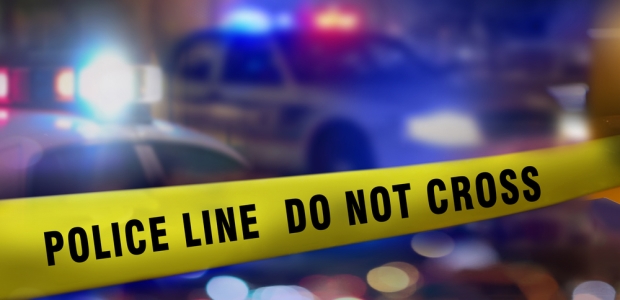
NIOSH Study Documents Rising Injury Rates for Law Enforcement Officers
The researchers found that the nonfatal injury trend for law enforcement offices climbed during the 12-year period they studied, which is in contrast with the trend for all other U.S. workers, which significantly decreased.
A new NIOSH study estimates 669,100 law enforcement officers were treated in emergency departments across the nation for nonfatal injuries between 2003 and 2014. Conducted by researchers at the agency, this study is the first to examine nonfatal injuries among officers on a national scale and was published online this month in the American Journal of Preventive Medicine, according to NIOSH's announcement.
The agency reports law enforcement officers have historically high rates of fatal and nonfatal injuries, but this new research shows officers are three times more likely to sustain a nonfatal injury than all other U.S. workers; it is the first to capture nonfatal injuries sustained from assaults and unintentional injuries such as accidental falls or motor vehicle crashes.
"Studies based on evidence are an important feature of public health and this principle extends to studying the law enforcement community and their work," said NIOSH Director Dr. John Howard, M.D. "The safety and health of both police and citizens depend on understanding how policing tactics impact officer and citizen injuries."
The researchers found that the nonfatal injury trend for law enforcement offices climbed during the 12-year period they studied, which is in contrast with the trend for all other U.S. workers, which significantly decreased. Also:
- Assault-related injury rates significantly increased almost 10 percent annually from 2003 to 2011.
- The three leading reasons for on-duty injuries were assaults and violent acts (36 percent), bodily reactions and exertion from running or other repetitive motions (15 percent), and transportation incidents (14 percent).
The study used nonfatal injury data from the National Electronic Injury Surveillance System - Occupational Supplement. Data were obtained for injuries treated in U.S. emergency departments from 2003 to 2014.